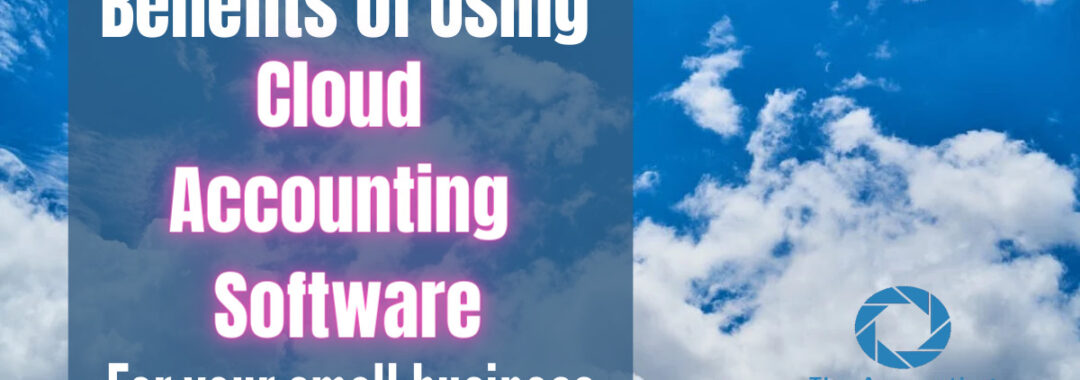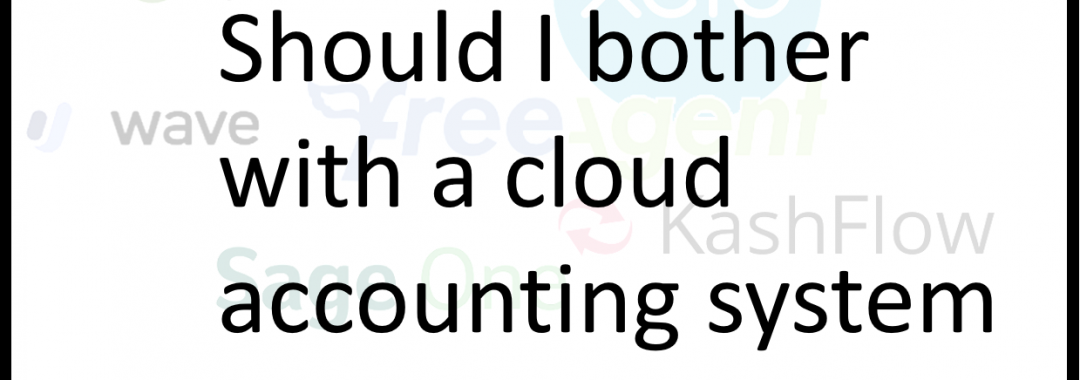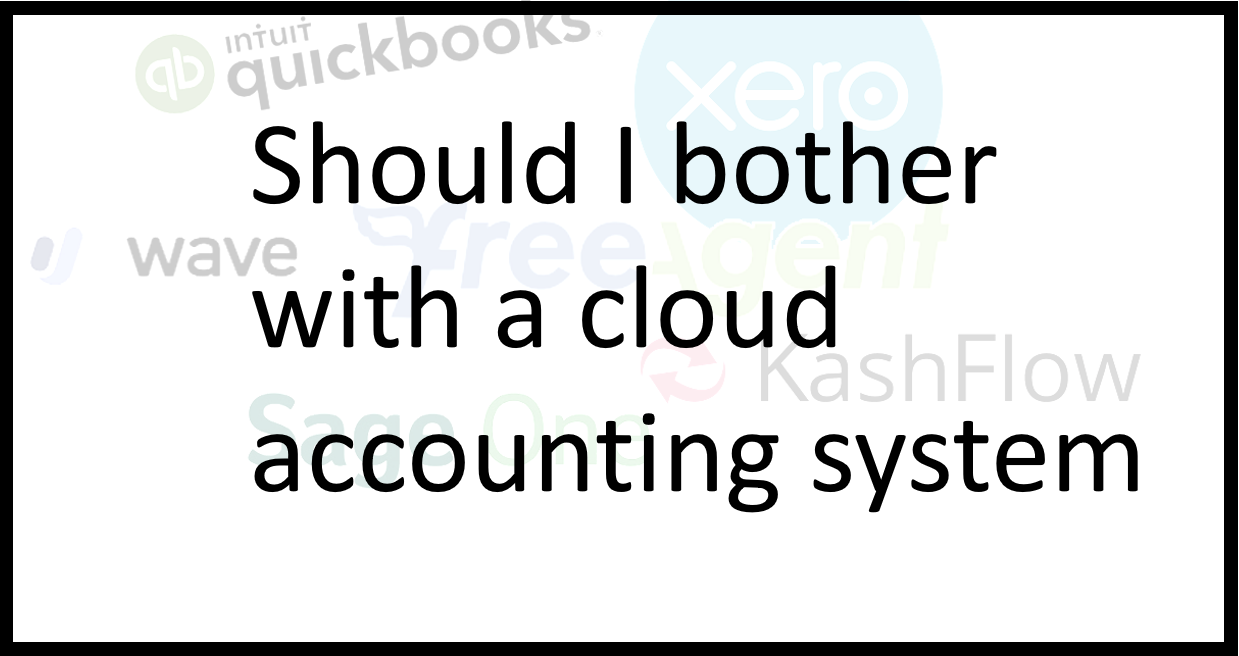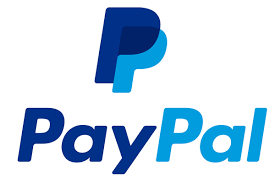With the world getting tougher out there and everyone feeling the squeeze, you need every trick in the book to make sure you get paid what you are owed, when you are owed it.
Here are 12 top tips to make sure your invoices get paid, without resorting to going legal.
1. Make your payment terms clear before starting work
Make sure you have a process in place to make it clear what the billing arrangement is for your work. Often you will be asked for a quote and sometimes you can get so wrapped up in the “how much” that you forget to include the “how will it be paid and when” element.
Maybe you have a standard hourly rate as part of your terms and conditions (you do have T&Cs, right?) but its not that obvious. Its worth reminding clients before you do any additional work about this, if this is how you are going to bill the job. Perhaps your T&Cs have a standard 30 day payment terms. Its worth reminding clients of this so there can be no surprising (also worth doing this via email so there is a paper trail)
The main takeaway point is this – communicate your payment terms up front. You can’t expect your clients to pay you on time if they don’t know what that is.
2. Invoice quickly
Don’t leave your invoicing a long time. Often clients want to pay you promptly, whilst it’s on their minds, so get that invoice out asap. If you leave it a few days or worse a few weeks you may end up with it being put on their todo list at the bottom.
When you leave the billing there is a chance you are going to forget some things, or the client will forget the value of what you did, and maybe question the invoice more
Also, if you are slow to invoice, it sort of communicates to the client that you are not in any great hurry for the money. Don’t give them the wrong impression.
Don’t forget that invoicing is really one of the most crucial customer service functions. It’s not so much a finance thing, and if you doubt that, think back to a time someone messed the the billing for you (such as a utility bill, or a tradesman). It really knocks your confidence in them.
If you are finding that you are getting behind on your admin, then give us a call. We can take care of your bookkeeping and other financial processes to leave you free to run your business.
We recommend using cloud accounting software such as Xero, Quickfile and Freeagent. These software all have great invoicing systems where you can send an invoice over by email and if set up correctly either get paid automatically by direct debit, or allow for payments online. You can also do recurring invoices with these. So, where you have a regular repeating invoice for the same amount with a customer, use this recurring invoice feature to get paid quicker.
3. Make it easy to pay your invoice
I’m amazed to see how many small businesses still only offer payment by bank transfer. It is such a faff to go in and set up a new payee and then transfer the money. And it always makes me think that this business must be quite small and unsophisticated. Sometimes that’s fine, but usually not. It also means I will put off paying them until I can find a time to sort it out.
On the other hand I’m always pleasantly surprised when a small business has got a slick payment system – it gives me confidence that they know what they are up to.
Modern accounting systems integrate with modern payment systems. This means that your accounting system can link up with your payment system, so that invoices can be paid directly. Often they have a button or a link to “Pay invoice now”, or something similar. It is amazing what a difference this makes.
Sure there is a financial cost compared to bank transfers, but consider the additional costs of not doing this:
- Slow payments and time spent chasing
- Time spent reconciling bank transactions (especially if you have a lot of invoices that are for the same amount and the client has not put the correct reference, so you can’t identify it)
The financial cost of using a payment processor is relatively low these days as the competition between providers is high.
The payment providers we normally recommend is
- GoCardless – great for direct debits and recurring invoices
- Stripe – great for online payments
- Square and iZettle – great for card machines and in-person payments
Offer your clients a variety of ways to pay. By offering card services you may find that you are paid quicker as the client can put it on their credit card.
Remember, you are not the bank, so don’t start extending credit. Let the client sort out their credit issues themselves by putting it on their credit card, rather than using you as a credit card.
This is such a simple one but easily missed. Make sure you are removing any barriers to pay your bill.
4. No surprises
Nothing is more frustrating than receiving unexpected bills. Particularly in the current climate.
Communication is key to ensuring that invoices get paid. It’s better to agree now, rather than argue later, once you’ve incurred costs. Keep those lines of communications open. If you tend to shy away from potential conflict I should just remind you that
- Any discussion you have now will dwarf the potential fury of an unexpected/uncommunicated bill
- Discussions up front about additional costs are quite transactional.
At the very least, make sure that they client is informed about the additional cost. Its best to do this in writing (email), even if you have talked about it so that there is evidence in case of a dispute. Better is to get their agreement to proceed.
The more unexpected a bill, the more likely it won’t get paid. If a project is going to occur some extra expense or cost, always talk to the client or customer promptly about it. If you just crack on with it and don’t tell the customer about the unexpected cost coming their way, you risk getting into a payment dispute.
5. Contact late payers – have a process in place
You need a process in place to identify your late invoices. All accounting systems will have some sort of report – usually called a debtors, or accounts receivable report where you can see what is outstanding.
Almost all accounting systems can automate the chasing of invoices but BE SUPER CAREFUL WITH AUTOMATED CHASING OF INVOICES. Nothing will ruin a relationship quicker than clients recieving automated chaser messages where, for instance, you have agreed something else with them but not updated the system to reflect this, or where the invoice has been queried, only for the next day for you to have apparently ignored/dismissed their query and chased it anyway. It is soooo easy to mess this up.
With that in mind you we normally recommend a semi-automated approach whereby you can identify the invoices that really do need a simple chase, that can be triggered manually but sent by the system, together with a more personal approach for those invoices that are something other than just late payers.
6. Take a deposit
Deposit. Downpayment. Initial fee. Call it what you will. Taking an initial payment is incredibly useful. It protects you to some extent against the worst case scenario, that you do all the work and they don’t pay. It also sets the tone of the relationship – the tone being that you are expecting to get paid.
It also commits the client to the engagement. Even if you offer a refundable deposit, psychologically the client is more committed. They’ve made the decision and paid the deposit. It’s a bigger step to back out now.
7. Build a good relationship with the accounts team at your customer
It always helps to be nice to the person at your customer’s business who actually pays your bill. The stronger the relationship you have with them, the more chance your invoice gets paid promptly and without being ‘delayed’. This may not be your direct contact. It could be someone in their finance or accounts payable team. So, who in the customer’s organisation is responsible for accounts payable? Can you get their name and contact details to help ‘ease the way for your invoice to be paid’?
8. Understand your customers’ accounts payable process
Do you need a PO number on your invoice? How does the invoice need to be addressed and who too? What needs to be on the invoice for it to be paid promptly? Who at your customer’s organisation needs to sign off the invoice before it will be paid? Who in the customer’s organisation is responsible for accounts payable? And can you get their name and contact details to help ‘ease the way for your invoice to be paid’?
When a finance department is preserving cash for a business, they will reject an invoice for payment for the smallest reason.
9. Renegotiate payment terms – set up a payment plan
Most customers want to pay your bill. Sometimes they can’t afford it. Normally we would suggest that if the client doesn’t have the cash to pay that they may need a financing arrangement such as credit card or overdraft. After all, you are not a bank or a credit provider. If the customer needs credit they should look to a credit provider, not to you.
However, sometimes it does make sense to renegotiate payment terms in order to get the invoices paid. Maybe set up a payment plan to pay it off over 3 or 6 months. Try to get something paid today so you have something.
By doing this you obviously get some money, but you also get that the invoice is considered valid, which will be helpful in case it ever “goes legal”
10. Pause or stop work if your invoices don’t get paid
Don’t be afraid to stop work if you are not getting paid. You are not a charity and you are not under any obligation to provide the services for free. It doesn’t need to be a hard conversation, just factual: “We are going to have to pause work until the invoices are paid”. You could take an intermediate step of informing them that unless the invoices are paid within a specified timeframe you will be forced to pause work. This isn’t so much a threat as a notification. Its not you being aggressive, its being assertive. This can sometimes be difficult if you have to schedule in other work, so it may be worth lining up some other potential work with another client before taking this step.
Normally you will see the invoices start to be paid quite quickly after that.
11. Credit check your clients
If you have a big job to do it may be worth running a credit check on your client before starting. – this is easier for companies than for individuals. You should at least ask yourself, given the work you are doing for them what their ability to actually pay is. If they are a new company this may be hard to assess, but larger and more established businesses should have a credit history that you can check. You can use credit referencing agencies such as Experian to get a report, although there are some free alternatives as well.
12. Scope creep
Having agreed the work you will do, its not that unusual to find that the work changes. Clients ask you for a bit more, or something slightly different, and then another change and before you know it your original quote has morphed into something different.
Making sure you get paid after scope creep can be tricky. As is so often the case the two things that will help you out here is
- A clear contract that clearly specifies what work has been agreed, and also has clauses in that addresses how these changes will be dealt with
- Clear communication with the client that the work represents a change to the agreed scope.
Its not just about having a legally enforceable contract, its about all parties being clear about what has, and has not been agree on.







